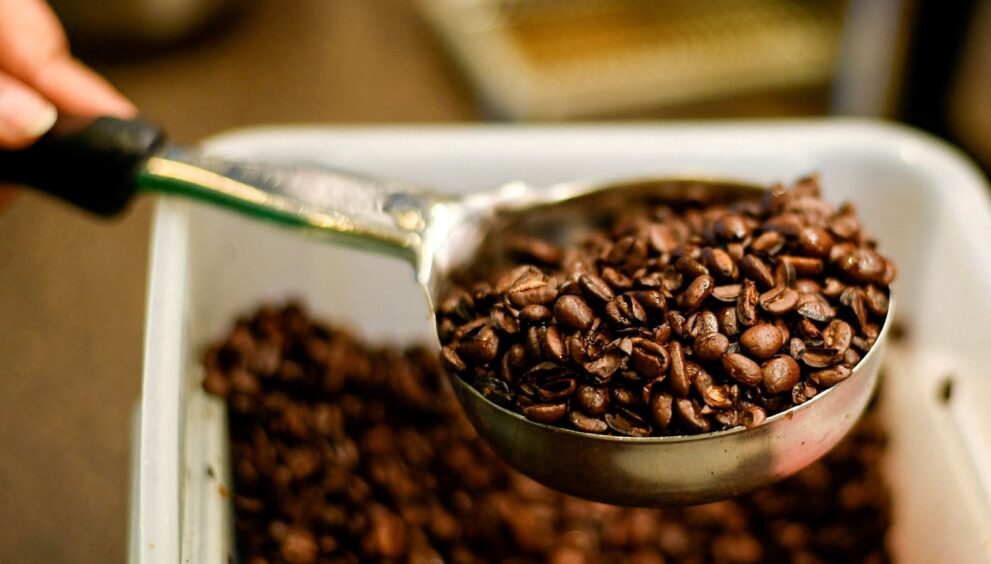Shocking Coffee Price Increases Impact Consumers for a Year

According to a new report from the Food and Agriculture Organization (FAO) of the United Nations, the impact of price increases in raw coffee on consumers takes about a year to fully reflect, with the remaining effects lasting at least four years. Consistent adverse weather conditions have restricted supply and depleted global stocks, leading to a surge in raw coffee prices. Arabica coffee gained over 70% in the ICE exchange last year and has appreciated by over 20% this year. FAO estimates that about 80% of these price increases will be reflected to consumers in the European Union for 11 months, while in the United States, 80% of the increases will impact consumers for eight months.
ABD and the European Union are by far the world’s largest coffee-consuming regions. It is noted that for consumers, price increases are likely to be much lower than the increase in raw bean costs, as there are other factors contributing to retail coffee price increases, such as transportation, roasting, packaging, certification, and retail price hikes.
According to the FAO report, a 1% increase in raw bean costs in the EU turns into a 0.24% increase in retail prices after 19 months, and this “shock” continues for several years. From the perspective of producing countries, the UN agency reported price increases for coffee bean growers in Ethiopia by 17.8%, Kenya by 12.3%, Brazil by 13.6%, and Colombia by 11.9%.
It is noted that this is far from the gains seen in international trading markets like ICE.






















































































































































































































































































































































































































































































































































































































































































































































































































































































































































































































































































































































































































































































































































































































































































































































































































































































































































































































































































































































































































































































































































































































































































































































































































































































































































































































































































































































